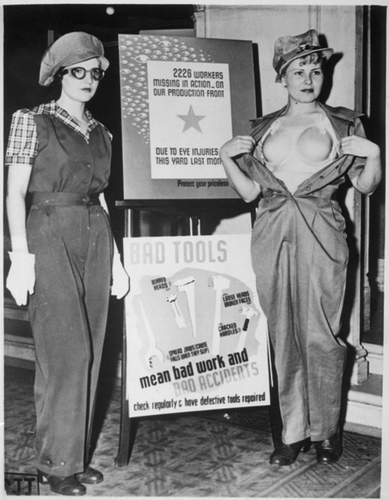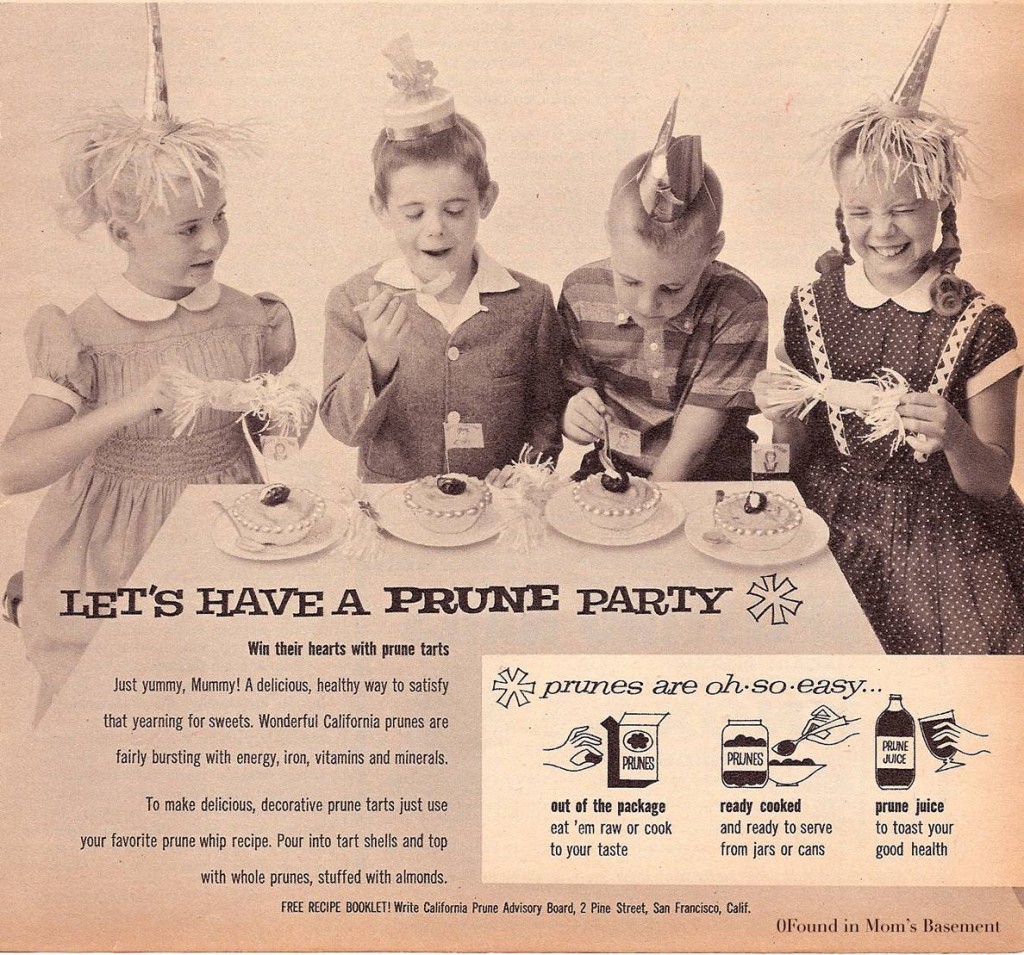Eugene Robinson:
Republicans’ outrage, both real and feigned, at Sotomayor’s musings about how her identity as a “wise Latina” might affect her judicial decisions is based on a flawed assumption: that whiteness and maleness are not themselves facets of a distinct identity. Being white and male is seen instead as a neutral condition, the natural order of things. Any “identity” — black, brown, female, gay, whatever — has to be judged against this supposedly “objective” standard.
Thus it is irrelevant if Justice Samuel A. Alito Jr. talks about the impact of his background as the son of Italian immigrants on his rulings — as he did at his confirmation hearings — but unforgivable for Sotomayor to mention that her Puerto Rican family history might be relevant to her work. Thus it is possible for Sen. Jeff Sessions (R-Ala.) to say with a straight face that heritage and experience can have no bearing on a judge’s work, as he posited in his opening remarks yesterday, apparently believing that the white male justices he has voted to confirm were somehow devoid of heritage and bereft of experience.
Stephen Colbert:
If you can’t view the video, there’s a transcript after the jump, thanks to Macon D at Stuff White People Do.
Jay Livingston:
In the Sotomayor confirmation hearings, Republicans have swarmed on Ricci v. DeStefano, the New Haven firefighters case. To hear them tell it, Sotomayor flung the law aside in upholding the lower court decision. She, the majority of the Second Circuit Court, the Federal judge who wrote the original opinion, and the four dissenting Supreme Court justices all based their opinions entirely on a preference for blacks and Hispanics and an animus towards whites. They didn’t consider the law.
By contrast, the five males (four of them white) on the Supreme Court who sided with the white male plaintiffs based their decision wholly and impartially on the law. Their race had nothing to do with it.
The Republican strategy depends on the tendency for privilege to remain invisible.
The transcript after the jump:
(And for those who can’t watch the video, here are the relevant parts of the show’s transcript.)
Stephen Colbert’s THE WORD segment from THE COLBERT REPORT for July 16, 2009:
Nation, I have never let past life experience get in the way of how I approach a situation. For instance, I don’t prejudge if a hot stove will burn my hand….who knows what will happen next time? [Shows burned hand to camera] But listen to what Supreme Court nominee Sonia Sotomayor believes.
[Tape of Sotomayor hearing]
“I can state very simply what I believe, life experiences help the process in the listening and understanding of an argument. . .”
[Cut back to Colbert]
Because of Sotomayor’s obvious “things I have learned” bias, the Supreme Court’s neutrality is in danger! Which brings us to tonight’s “WORD”: NEUTRAL MAN’S BURDEN
Folks, over the past 220 years the vast majority of our Supreme Court judges have been neutral, like Samuel Alito.
[Tape of Samuel Alito’s confirmation hearing. Justice Alito says:]
“When I get a case about discrimination, I have to think about people in my own family who suffered discrimination because of their ethnic background or because of religion or because of gender. And I do take that into account.”
[Cut back to Colbert]
Yes, he takes his life experiences into account, but he does it neutrally! So why is he neutral, and not Sotomayor? It’s because Alito is white.
In America, white is neutral.
Now for years, band-aids only came in only one color…white person. It’s standard “person” color. In fact it is so standard, that when I was a kid, in crayola boxes, it was the color called “flesh.” Now most Americans accept this [points at his own hand] as “neutral” without thinking about it.
And that is why the decisions made by all those white justices were not affected by their experiences; because their life experiences were “neutral.” That led to “neutral” decisions.
For instance, take the Dredd Scott Case. Those justice’s life experience, being white men in pre-Civil War America, some of whom owned slaves, in no way influenced their decision that black people were property. And the personal backgrounds had nothing to do with the all neutral court’s decision that it was legal to send Japanese-Americans to internment camps in 1942. Imagine how the life experience of an Asian judge would have sullied that neutrality!
Now, I am sure that Asians are neutral in Asia, and Africans are neutral in Africa, and Hispanics are neutral in Hispania. But folks, it doesn’t work here!
Now I am not saying, I am not saying that Sotomayor’s life story isn’t compelling. Everyone say how compelling her life story is.
[Run clip of three GOP senators saying how admirable her life story is.]
[Cut to Colbert]
It’s just if that if that compelling, humble, strong and admirable life story in ANY way informs her judgment, she will destroy our nation!
But folks, the thing is, she’s probably going to be confirmed anyway. So the best we can hope is to neutralize her personal background. The way Band-aids did when they reached out to minorities. According to the Southern Poverty Law Center, “After hearing calls to make Band-Aides more inclusive of various skin tones, the company released its shear Band-Aid.”
So in addition to white band-aids, WE NOW HAVE INVISIBLE BAND-AIDS. Problem solved.
The same goes for the court. If you’re a white male like Sam Alito, naturally, everything that happened in your life just helps make you a completely neutral objective person.
But if you’re Sonia Sotomayor…. everything that happened in your life ….SHOULD BE INVISIBLE.
And that’s THE WORD!
—————————
Lisa Wade is a professor of sociology at Occidental College. You can follow her on Twitter and Facebook.




